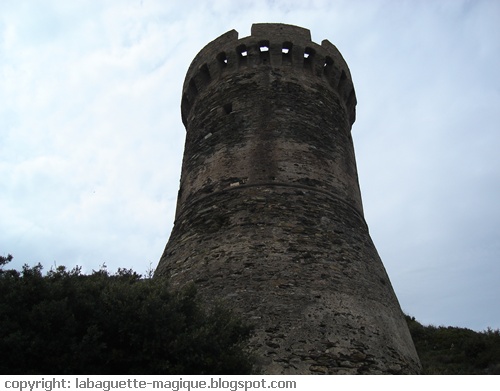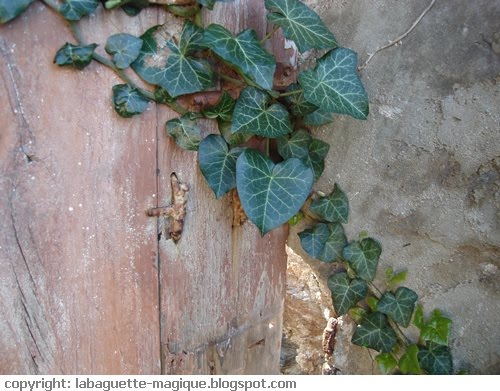
Mémé also used to mention that local families were continuously keeping an eye on their walls, checking the foundations, adding a stone here, replacing a stone there, eradicating bramble, thorny ivy, salsepareille and other invasive creepers. She remembered families seeking the local justice of the peace if an ill-intentioned individual had 'displaced' one of their stones... Walls were sacred indeed!
In my countryside walks of late, I have found solace and fascination for those walls, as well as respect. They accompany my solitary journey of discovery of a slow-paced Corsica, of a bygone era that is increasingly being cast aside for the bright lights. If only they could free themselves from their stone silence and provide an account, a potted history of the cultures they helped sustain, the farm animals that lived there, the families that sweat tears and blood to make a living against all odds, their joys, their blessings, hopes and fears!

These walls testify that once upon a time, no less than half a century ago, human activity was still commonly found in the Corsican countryside. This may be hard to imagine today as many of the rural outposts stand empty, lay in semi-neglect or are put to different use (through mainly property schemes). With rural desertification a reality, much of the countryside now stands in resigned stone silence, showing or still just about hiding behind tall walls the remnants of an agricultural tradition, be the abandoned orchards, the overgrown fields, the derelict garden shelters and paggliaghi (stone mountain shelters used by shepherds).
Elsewhere on the island, countless other wall structures are slowly but surely falling into disrepair, crumbling away under the passing of seasons (heavy rain and hot weather), the assault of invasive wild vegetation, and lack of care. Some are past this stage already and now a heap of tumbled-down stones that, at best will be salvaged for a new build.

However some of our counterparts have realised the importance of those walls, not just as sociological testament, but also as part of land enhancement and preservation, and I have seen examples of those old walls breathing a new life under a restoration project. Let's mention in passing that restoration is a costly and labour-intensive process, and if you are looking at having stone walls built from scratch, expect to pay on average 50 euros/ sq.m.
Let us hope that the future of walled gardens and stone walls in general is not going to be pinned to a photo album, onto a museum wall, or rediscovered through archeology... The future of the past is today.
Further historical insight (photographic archives):

Source: ETH Zurich, ETH Bibliothek: Korsika 1922, Rebterrassen Bei Nonza (terrace cultivation in Nonza), photography by Eduard Rübel. This invaluable photograph gives the magnitude of land management and terrace cultivation around the Corsican coastal village of Nonza, on the Western front of the Cap Corse region.









